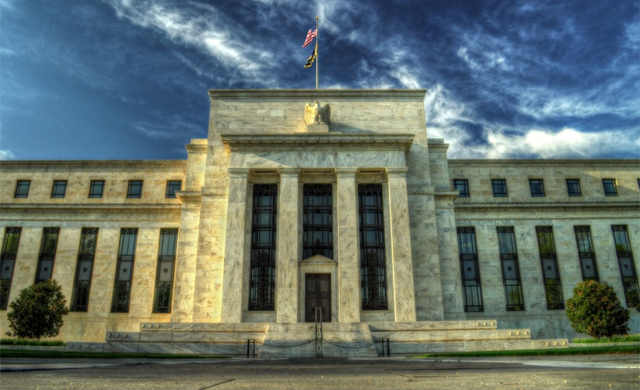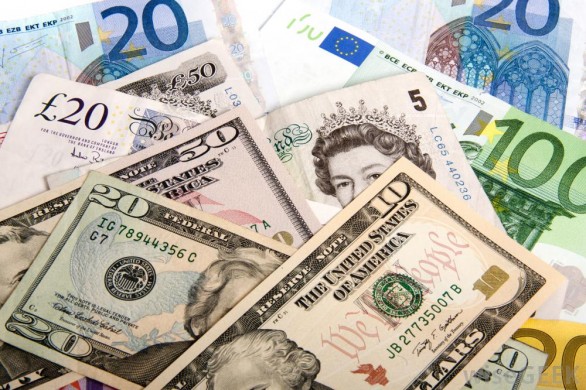On the first day of the new fiscal year in the United States, the country’s national debt rose from $33.167 trillion to $33.442 trillion, setting a new record. Still the markets didn’t seem to care much about the historic event.

What did capture their attention was an increase in the number of new non-farm jobs to 336,000, exceeding the forecast of 170,000. The immediate conclusion was that, despite high interest rates, the odds of a recession remain low, so there is nothing to worry about.
But this is where they get it completely wrong.
With the economy so resistant to tight monetary policy, the Fed may be inclined to raise interest rates again, especially given the recent rise in oil and gas prices. Not surprisingly, the yield on the 10-year Treasury bond briefly remains above 4.7%.
The uncertainty created by the war between Israel and Hamas does not help the case. Should new parties come into conflict, especially those with significant oil reserves, the world could face another energy crisis, which would be a clear nightmare for Powell & Co.
Ultimately, with an expensive dollar (the DXY chart is your friend when it comes to tracking the strength of the US currency) and high debt servicing costs, there could be a wave of defaults, especially in emerging markets. As of today, there are already some 21 emerging countries whose dollar-denominated sovereign debt is trading at near-bankruptcy levels.
In the United States itself, 459 companies had filed for bankruptcy by the end of August, surpassing the total number of bankruptcy filings recorded in 2021 and 2022. Globally, there were 107 corporate debt defaults in August, the highest monthly total since 2009.
Overall, with borrowing costs doubling or nearly tripling in 2023 compared to previous years, high-yield bond defaults could reach 4.5%-5% by the end of this year, which is more than six times the 0.7% default rate recorded in 2021.















